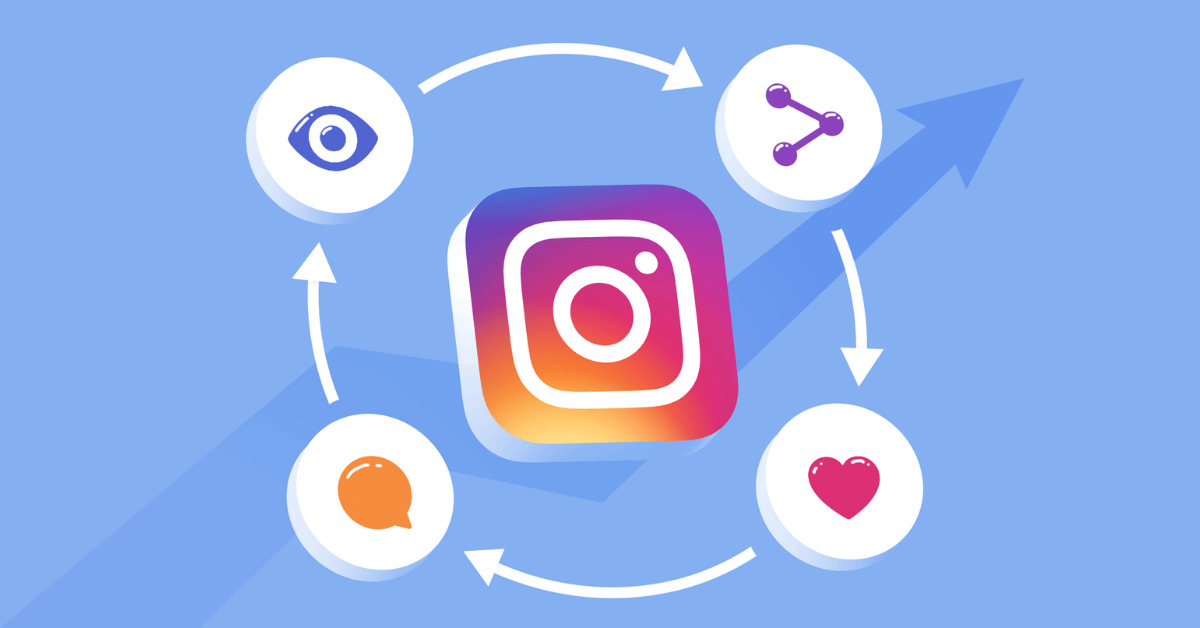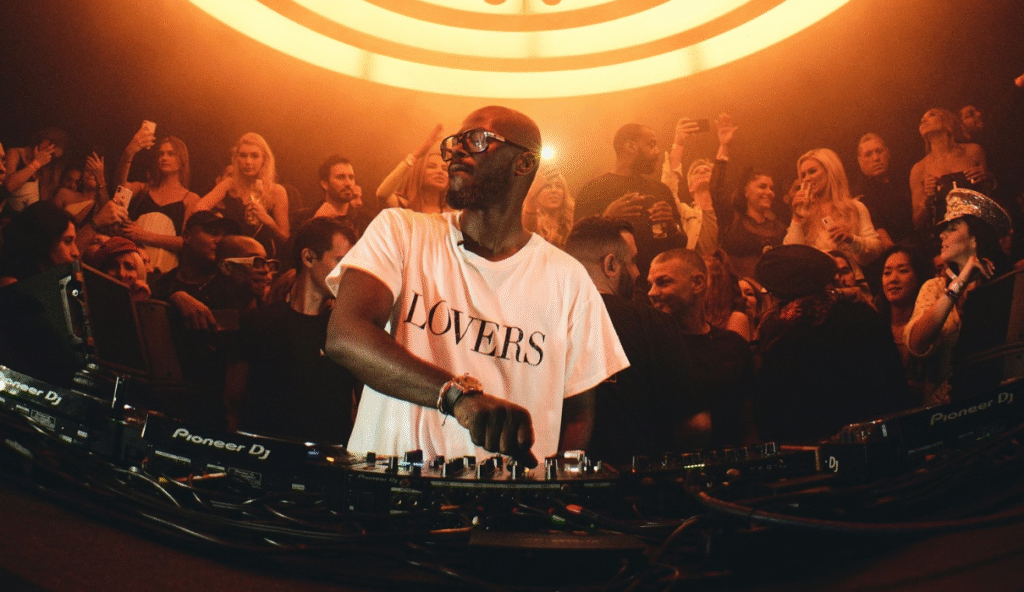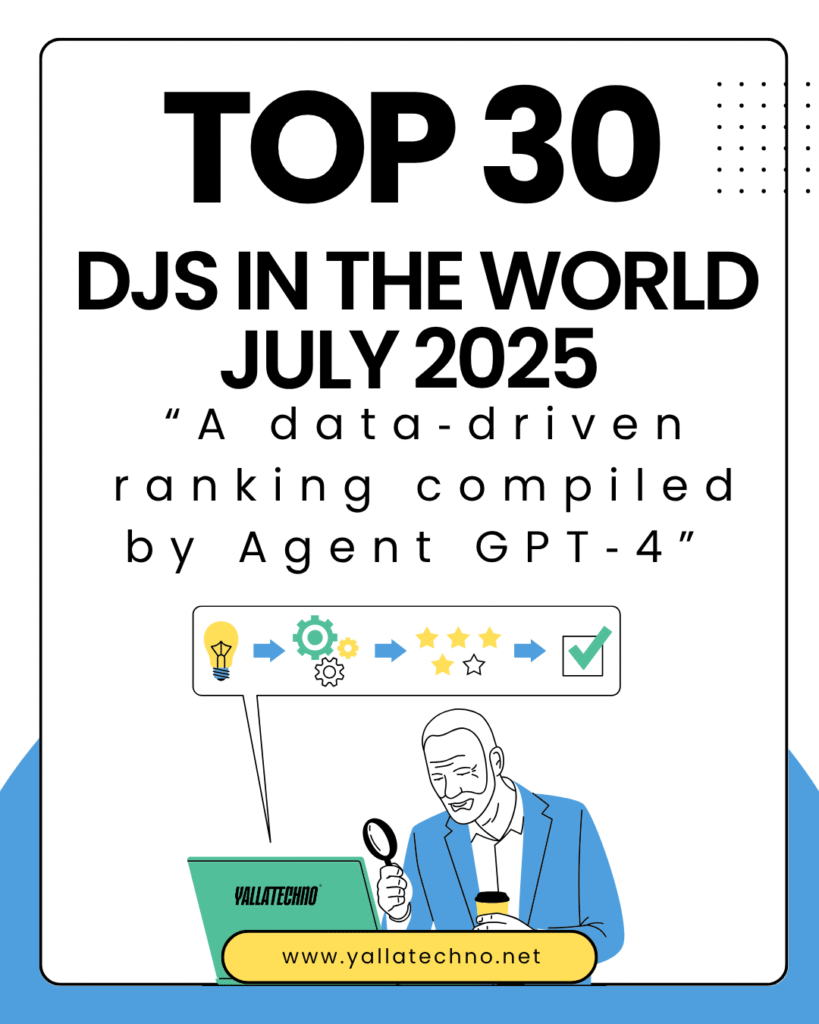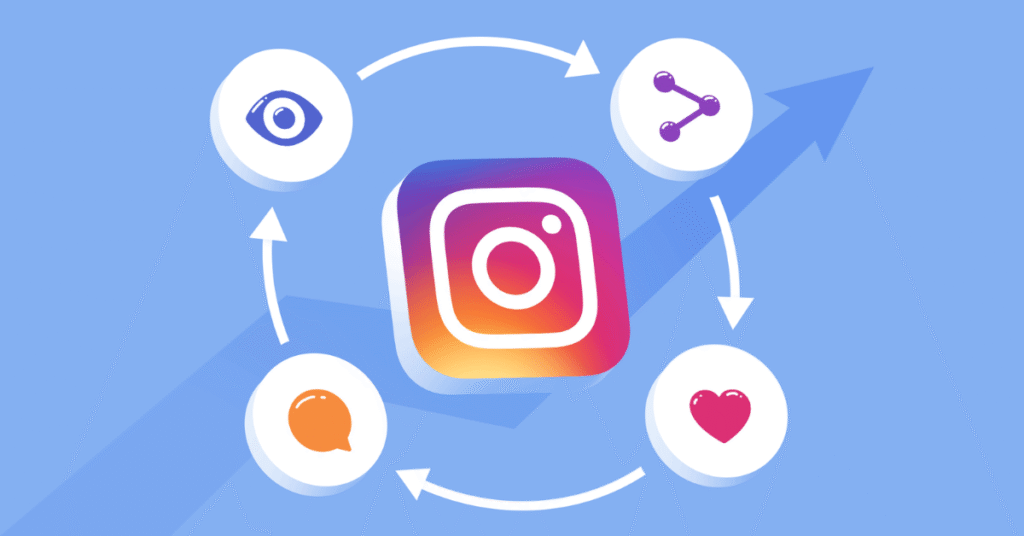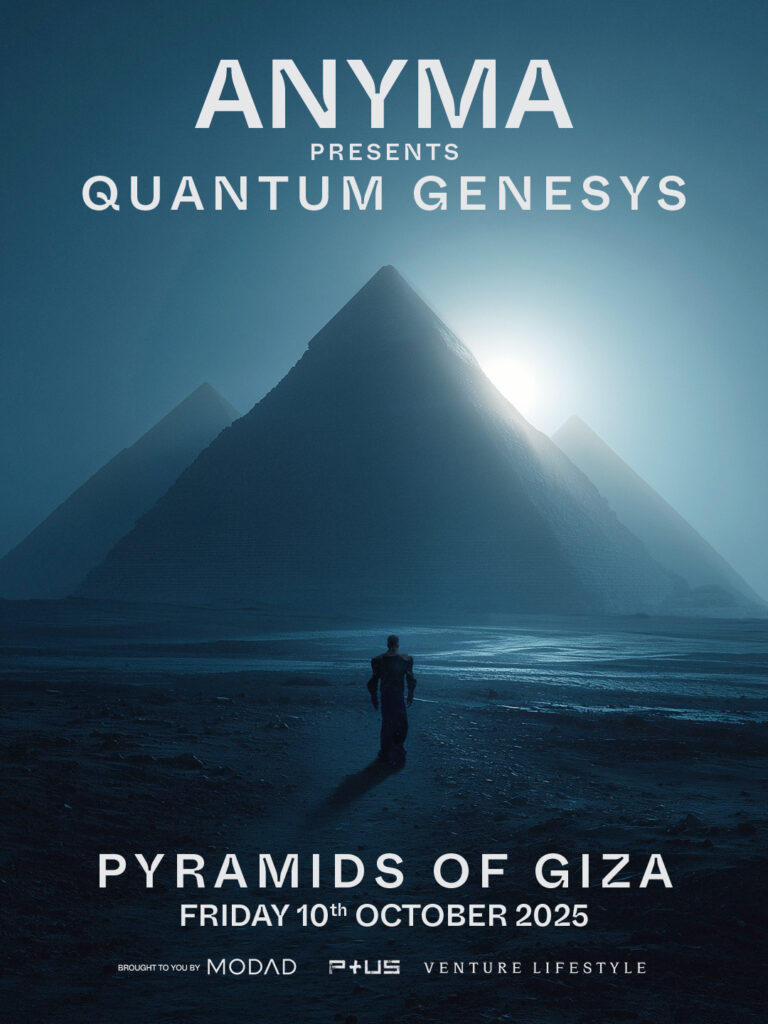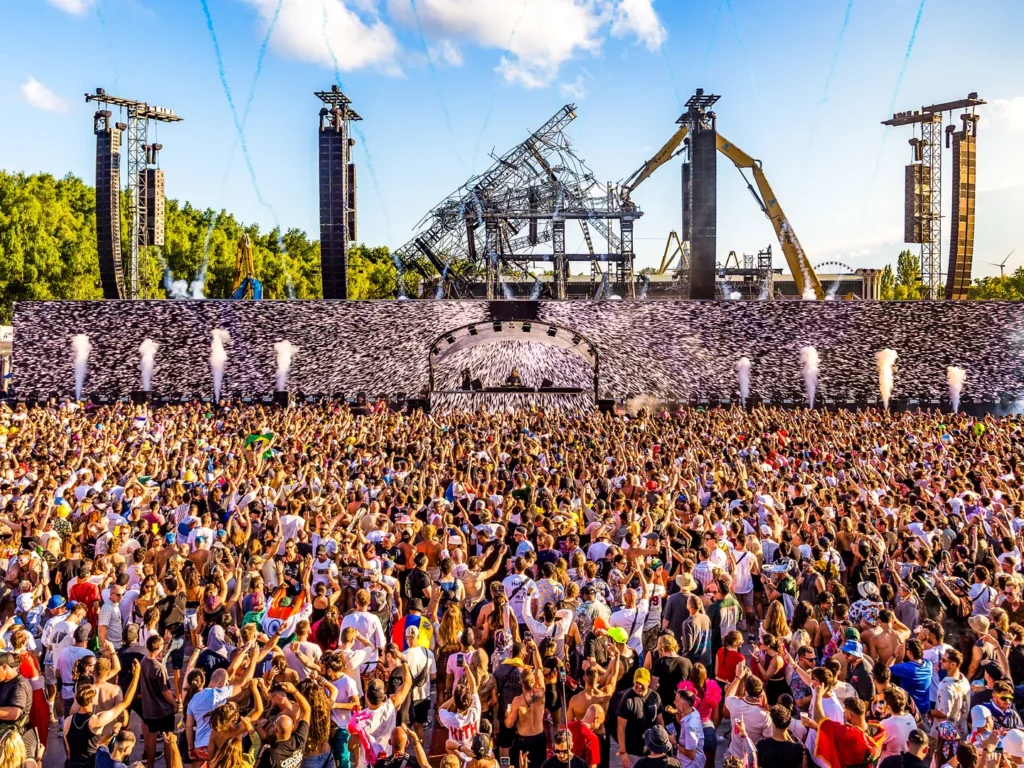The Paradox of High-Quality Content with Low Reach
Many electronic music creators are witnessing a frustrating paradox on Instagram: even their most polished Reels or carefully curated carousels often receive dismal engagement and minimal reach. A post with crisp visuals and a fresh track snippet can fall flat, while a random lo-fi clip might go viral This isn’t mere bad luck – it points to how Instagram’s evolving algorithm is reshaping what content gets seen. In recent years, Instagram has aggressively tweaked its content ranking systems, making visibility less about production quality and more about how content triggers user response. The result? Highly crafted music posts can languish unseen if they don’t fit the platform’s new formula for virality. Below, we break down why this is happening and how the electronic music scene is feeling the impact.
Reels, Carousels, and Photos: What the Algorithm Favors
Instagram now clearly favors certain content types. Reels have the widest reach, pushed beyond followers to compete with TikTok. Carousels are the best-performing photo format, offering multiple chances to engage users and slightly outperforming Reels in engagement rate. Static photos still work but are shown mainly to users who prefer images, and adding music or interactive elements helps.
In short:
-
Reels = reach
-
Carousels = engagement
-
Photos = limited, context-based
For electronic music artists, choosing the right format is now key to staying visible
New Signals of Visibility: Shares, Watch Time, and Saves
Instagram’s algorithm in 2025 prioritizes shares above all. Likes, comments, and saves still matter, but sharing a post (via DM or story) is now the strongest signal of value. It tells the algorithm: “this content must be seen.” Even a behind-the-scenes clip shared in DMs can outperform a polished music video that no one shares.
Watch time and completion rate are also crucial. Reels people watch till the end — even if short — get boosted. A 30-second teaser will often do better than a 3-minute performance clip that gets skipped.
Instagram also tracks how fast a post gets engagement, especially in the first 10–20 minutes. Posts are now often shown to non-followers first, and if they engage, reach expands. If not, the post flops early.
In short:
-
Shares = top signal
-
Watch-through rate = major boost
-
Early engagement = critical
-
Likes/saves/comments = useful, but secondary
For music artists, format and timing now matter as much as content. If people aren’t sharing or watching, the algorithm won’t help — no matter how good it sounds.
When Trendiness Trumps Niche Creativity
Instagram’s algorithm now favors trendy, broadly appealing content — leaving many electronic music artists at a disadvantage. Genres like techno or experimental electronic often produce niche, long-form, or subtle content (e.g., club clips, visualizers, artwork-heavy posts) that doesn’t align with viral formats. Despite high production value, such posts are rarely “shareable” by mainstream standards, and the algorithm often deprioritizes them.
Since late 2023, Instagram has started showing posts to non-followers first, which punishes niche creators. If general users don’t quickly engage, the content is flagged as low-performing — even before loyal fans see it. This shift has cut reach for niche content by up to 50%, pushing artists to either follow trends or watch engagement drop.
Although Instagram says it values originality, algorithmic clarity still matters most. If a video isn’t instantly understandable (e.g., a dark rave clip with no context), the system may skip recommending it — not out of bias, but confusion.
In short:
Niche ≠ viral, so reach suffers.
Non-followers see posts first — and may not get it.
If the algorithm can’t “read” your post, it won’t push it.
Trendiness + clarity > quality or artistry in 2025’s feed logic.
For electronic artists, this creates a dilemma: adapt to algorithmic tastes or risk invisibility.
The Impact on Independent Artists’ Growth :
Independent electronic artists have been hit hardest by Instagram’s algorithm changes. Organic reach is shrinking fast — down to just 3.5% of followers in 2025, and engagement has dropped 28% year-over-year. For smaller accounts, this means only a tiny fraction of fans even see new music posts.
Many indie artists report stagnant or declining follower growth, especially when chasing trends. Instagram now functions more like a “pay-to-play” platform: if you’re not paying for ads or creating highly shareable content, your reach is throttled. Years of consistent posting no longer guarantee visibility, and even loyal followers might miss new updates. This shift undermines genuine community-building.
To adapt, managers are now prioritizing “share-triggering” content — posts that make people tag friends or forward in DMs. Others are turning to alternative platforms like Bandcamp, newsletters, or Telegram for deeper, more stable fan engagement.
In short:
Reach ≈ 3.5%, engagement ≈ 0.5% in 2025
Small artists lose visibility without viral hooks or ad spend
Posts live or die by algorithm, not by followers
Diversifying platforms is now essential
Reels with strong share value = the best shot at discovery
Success is still possible — but it takes smart strategy, adaptability, and content that travels.
Navigating the New Instagram Landscape
It’s clear that Instagram’s algorithm changes have introduced a new reality for electronic music content creators. The platform’s AI-driven curation now favors content that generates immediate, broad excitement – often at the expense of niche artistry. High-quality content is no longer a guarantee of high engagement; in fact, a meticulously produced techno clip might reach fewer people than a spontaneous smartphone video if it doesn’t tick the right algorithmic boxes. As we’ve seen, Reels and carousels offer a path to reach but demand a strategic approach to format. Engagement signals like shares and watch time have become the currency of visibility, forcing artists to rethink how they package their work for social media. Those whose content lives outside the mainstream zeitgeist face the challenge of making their posts algorithm-friendly without losing authenticity.
The impact on independent artists is double-edged. On one hand, Instagram’s focus on recommendations and “unconnected reach” can amplify a newcomer who figures out how to crack the code. On the other, it can marginalize dedicated creators by burying their content if it’s not instantly sensational. Industry voices urge artists to stay informed and adaptable: analyze your post insights, note which content pieces get saved or shared, and iterate on those. Building an audience now may require blending creativity with platform savvy – for instance, turning a new track release into a series of short, compelling Reel teasers rather than one static post, or engaging fans with interactive story polls to boost profile activity. Crucially, the dialogue around Instagram is shifting: instead of treating the algorithm as an adversary, some suggest “training it” by consistent, clear content themes so that the AI learns who to show your posts to. In Mosseri’s words, “creators are now actively training [the algorithm]. By posting consistently and clearly, you teach the algorithm who you are, what your content represents, and who it should be shown to.”
For the electronic music scene, the road ahead on Instagram means balancing art and algorithm. While the platform’s evolution has made organic growth tougher, it’s not insurmountable. Success will come to those who can ride the wave of Instagram’s new features (from Remix to the latest Reels experiments) and ranking signals, all while keeping their artistic voice intact. After all, at the core of every share or save is content that moved someone. The challenge is ensuring that the artistic content gets that chance to resonate. By understanding these algorithmic shifts and adapting accordingly, electronic artists and labels can still find ways to beat the reach slump – turning loyal followers into active sharers, and casual scrollers into new fans
Sources: The insights in this article are supported by industry analysis and reports, including Instagram algorithm breakdowns statements from Instagram’s leadership, social media benchmark data, and commentary from music industry observers These references reflect the current state of Instagram as of 2024–2025, highlighting trends that are affecting how music content performs on the platform.

